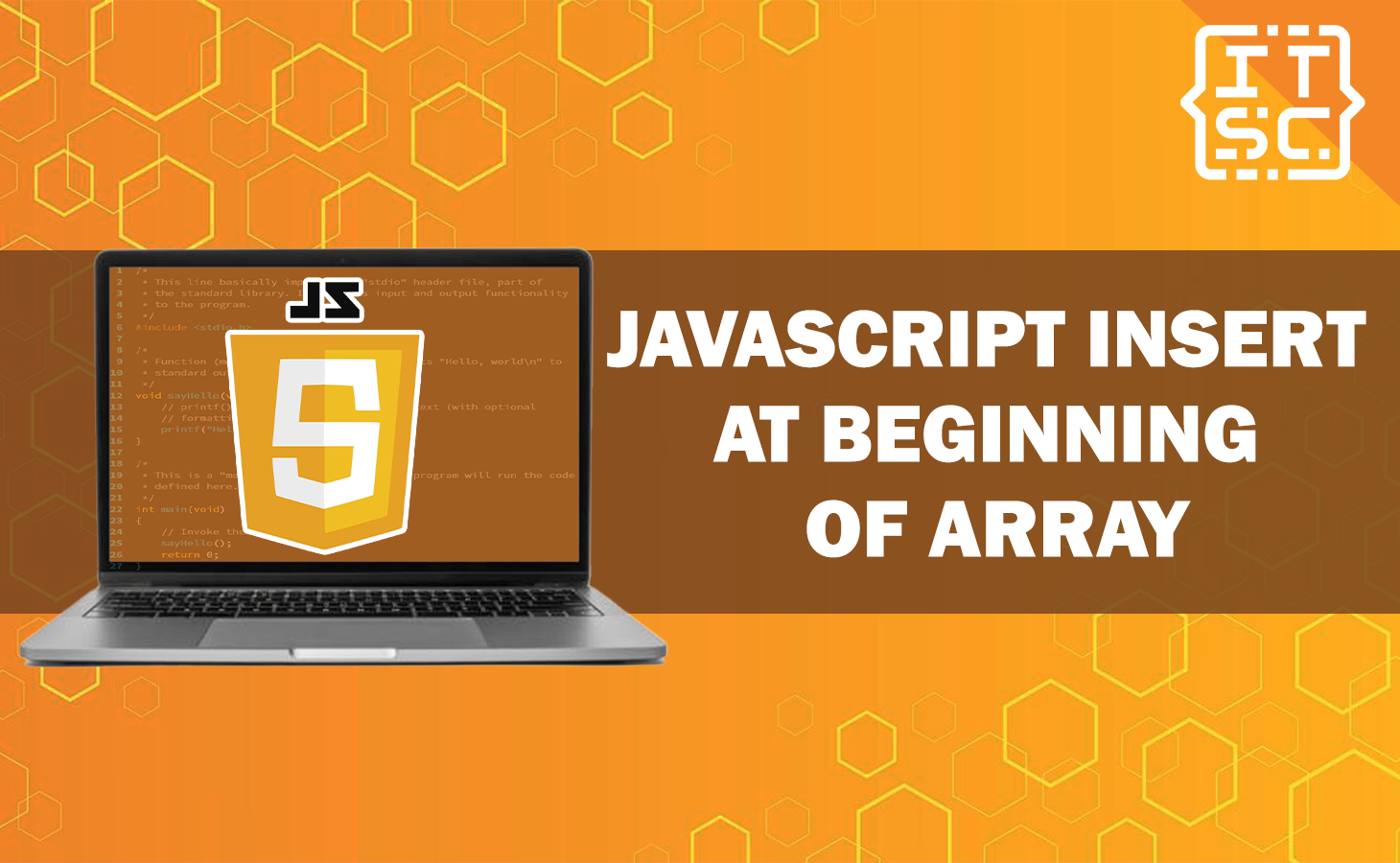Arrays are essential data structures in programming, allowing you to keep and handle collections of elements.
JavaScript, being one of the most generally used programming languages, provides powerful array manipulation methods.
One of these methods is inserting elements at the beginning of an array.
This method can be useful in cases where you want to prepare new data to an array, such as when implementing a stack or maintaining a history.
Methods Used JavaScript Insert at Beginning of Array
When it comes to inserting an element at the beginning of an array in JavaScript, you have multiple methods at your disposal.
Let’s explore some of the most simply used methods:
Method 1: Using the unshift() Function
The unshift() method is a built-in function in JavaScript that enables you to add one or more elements to the beginning of an array.
It returns the new length of the array after the insertion.
Here’s an example code on how you can use it:
const numberList = [2, 3, 4];
numberList.unshift(1);
console.log(numberList)Output:
[ 1, 2, 3, 4 ]Method 2: Using the Spread Operator Function
The spread operator is a common method to insert elements at the beginning of an array. It requires creating a new array and combining the new element with the existing array using the spread syntax.
Check out this example code:
const numberArray = [12, 13, 14];
const newArrayResult = [11, ...numberArray];
console.log(newArrayResult)Output:
[ 11, 12, 13, 14 ]Also read: JavaScript Array to String with Comma
Method 3: Using the concat() Function
The concat() method can also be used to insert elements at the beginning of an array. It returns a new array by concatenating the arguments provided.
Here’s an example code of how you can achieve array insertion with concat():
const arrayNumberList = [2, 3, 4];
const resultArray = [1].concat(arrayNumberList);
console.log(resultArray)Output:
[ 1, 2, 3, 4 ]To understand more about JavaScript, read or visit this article:
JavaScript Initialize Array with Values
Real Examples of JavaScript Insert at Beginning of Array
Let’s explore real examples where inserting elements at the beginning of an array can prove beneficial:
Example of Implementing a History Feature
Assumed that you’re building a web application that needs a history feature, the same to a web browser’s back button.
You can use array insertion to maintain a chronological record of user actions.
For example:
const historyFunction = [];
function addToHistoryValue(action) {
historyFunction.unshift(action);
}
Example of Creating a LIFO (Last In, First Out) Data Structure
A stack data structure follows the LIFO principle. You can implement a stack using an array and insert elements at the beginning, assuring the last element added is the first one to be removed.
Here’s an example code:
const stack = [];
function pushToStack(item) {
stack.unshift(item); // Push at the beginning
}
FAQs
The unshift() method changes the original array by adding elements to its beginning. It returns the new length of the array after the insertion.
Yes, you can use the spread operator to insert multiple elements at the beginning of an array. Easily combine the new elements with the existing array using the spread syntax.
Precisely! JavaScript provides a wide range of array manipulation methods, including appending elements, removing elements, and sorting.
Conclusion
In conclusion, mastering array manipulation is an important skill for JavaScript developers.
By understanding how to insert elements at the beginning of an array, you’ve taken an important step towards improving your coding expertise.
Either you are building interactive web applications or optimizing data structures, the ability to manipulate arrays efficiently will serve you well.
Keep experimenting, learning, and refining your skills to become a professional programmer.

